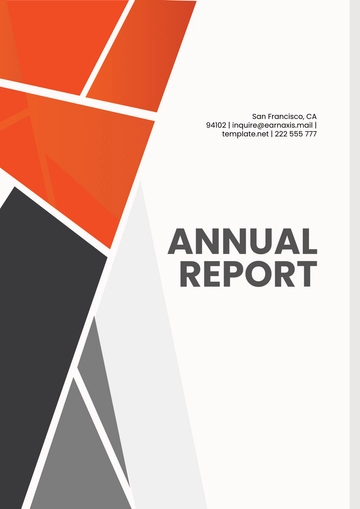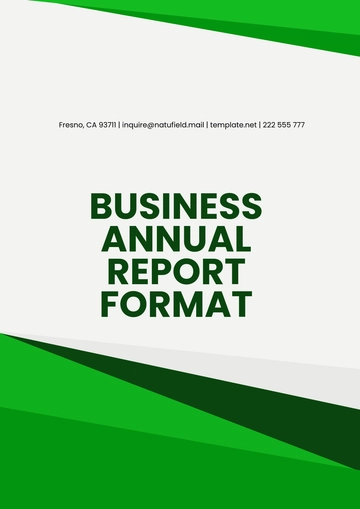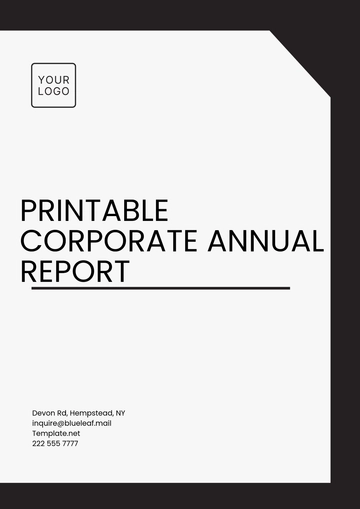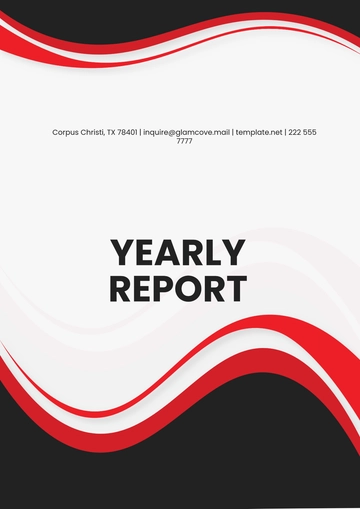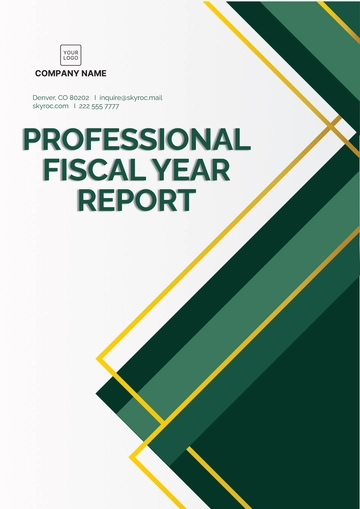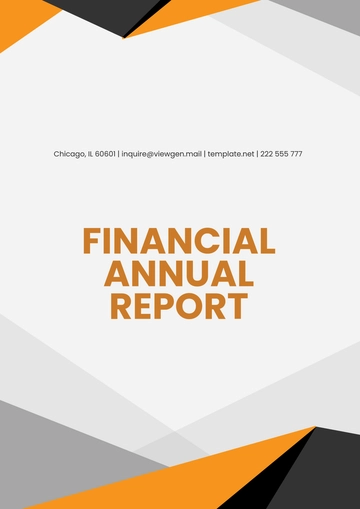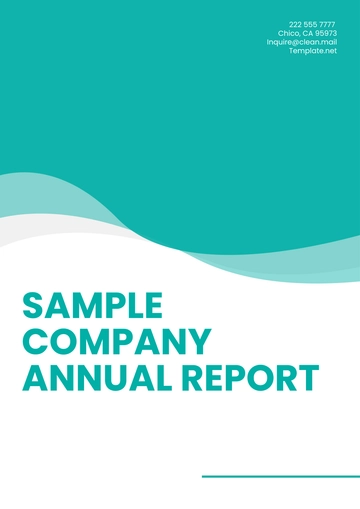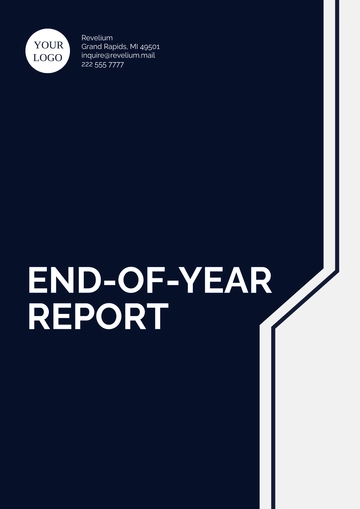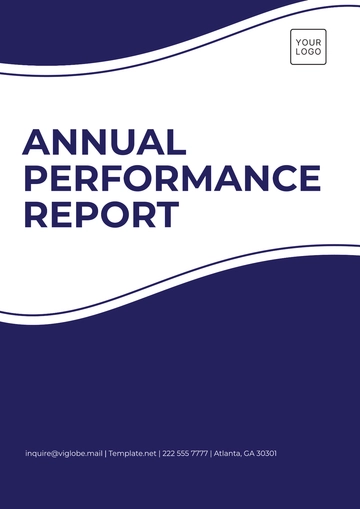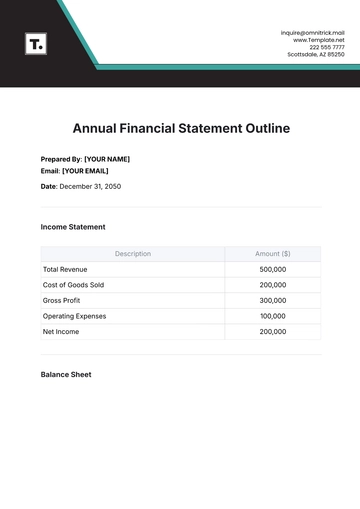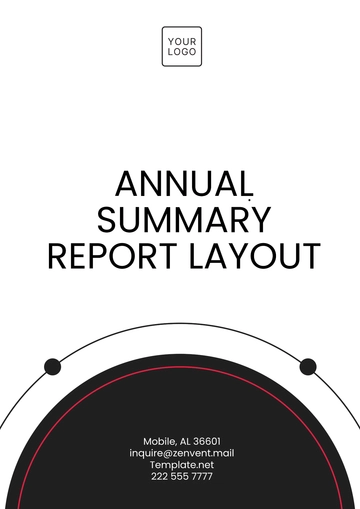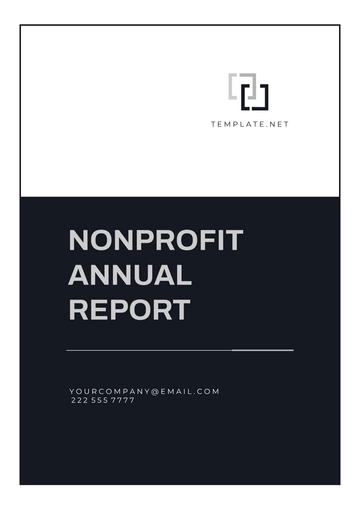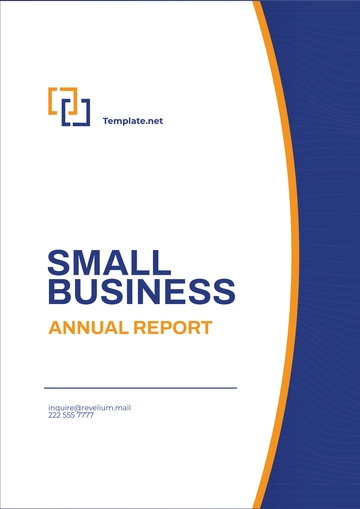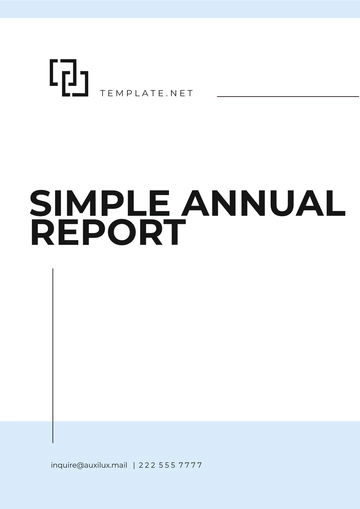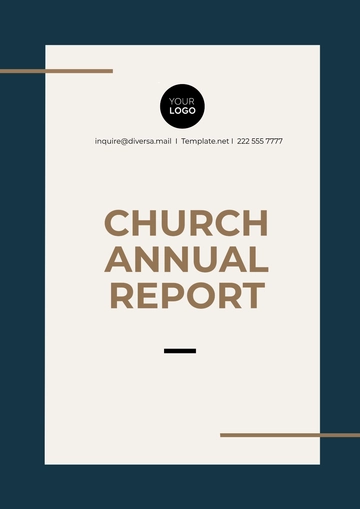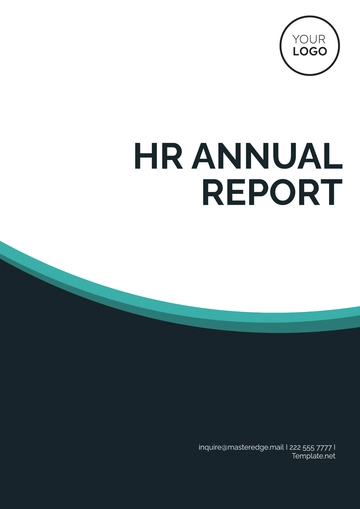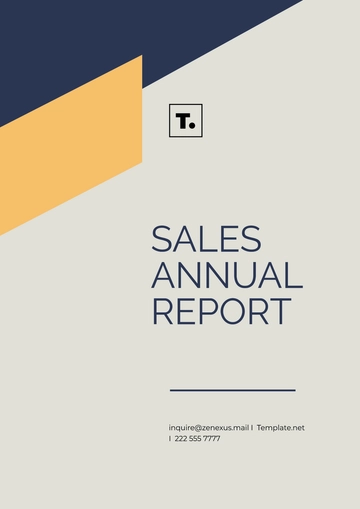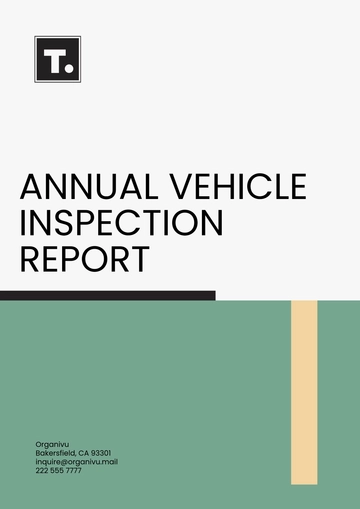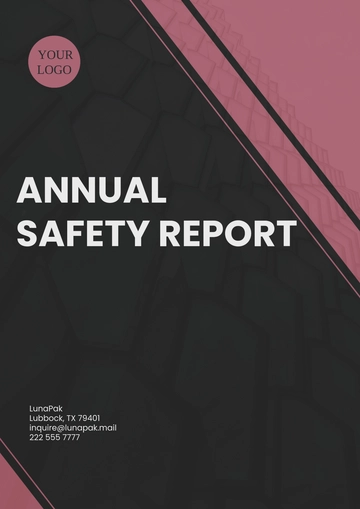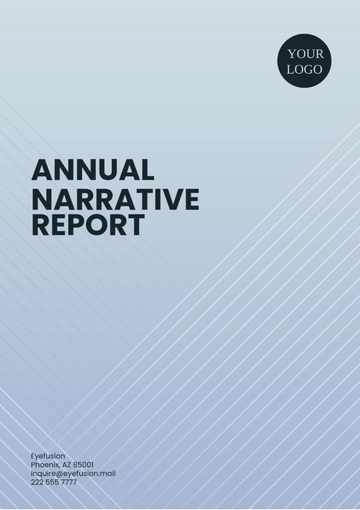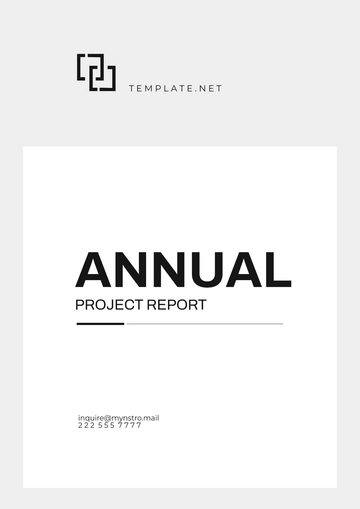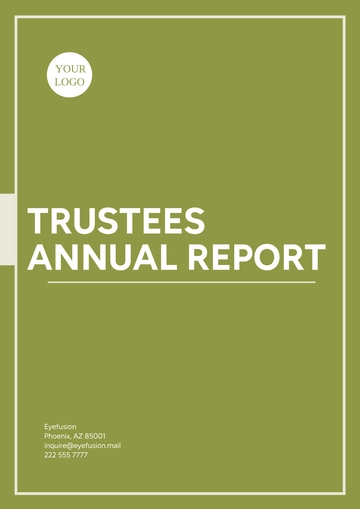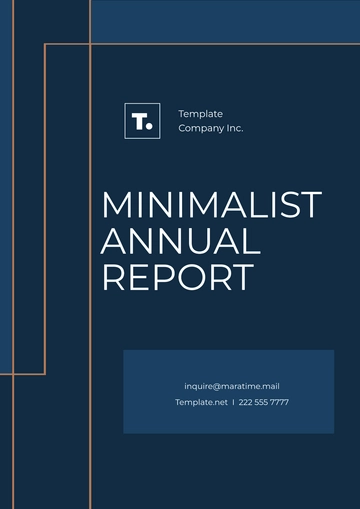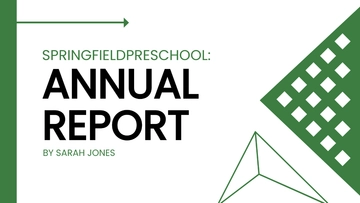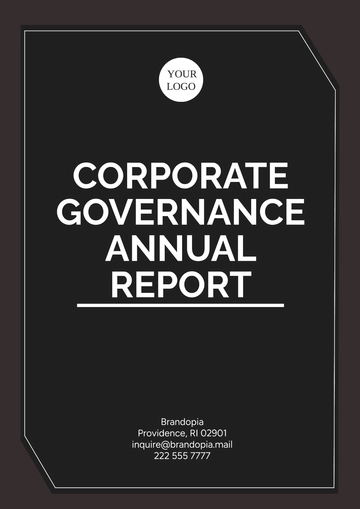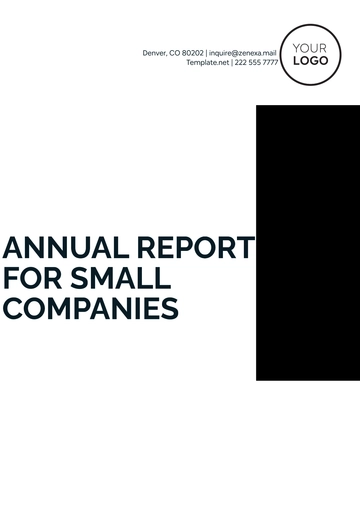Free Employment Laws and Regulations Annual Report HR
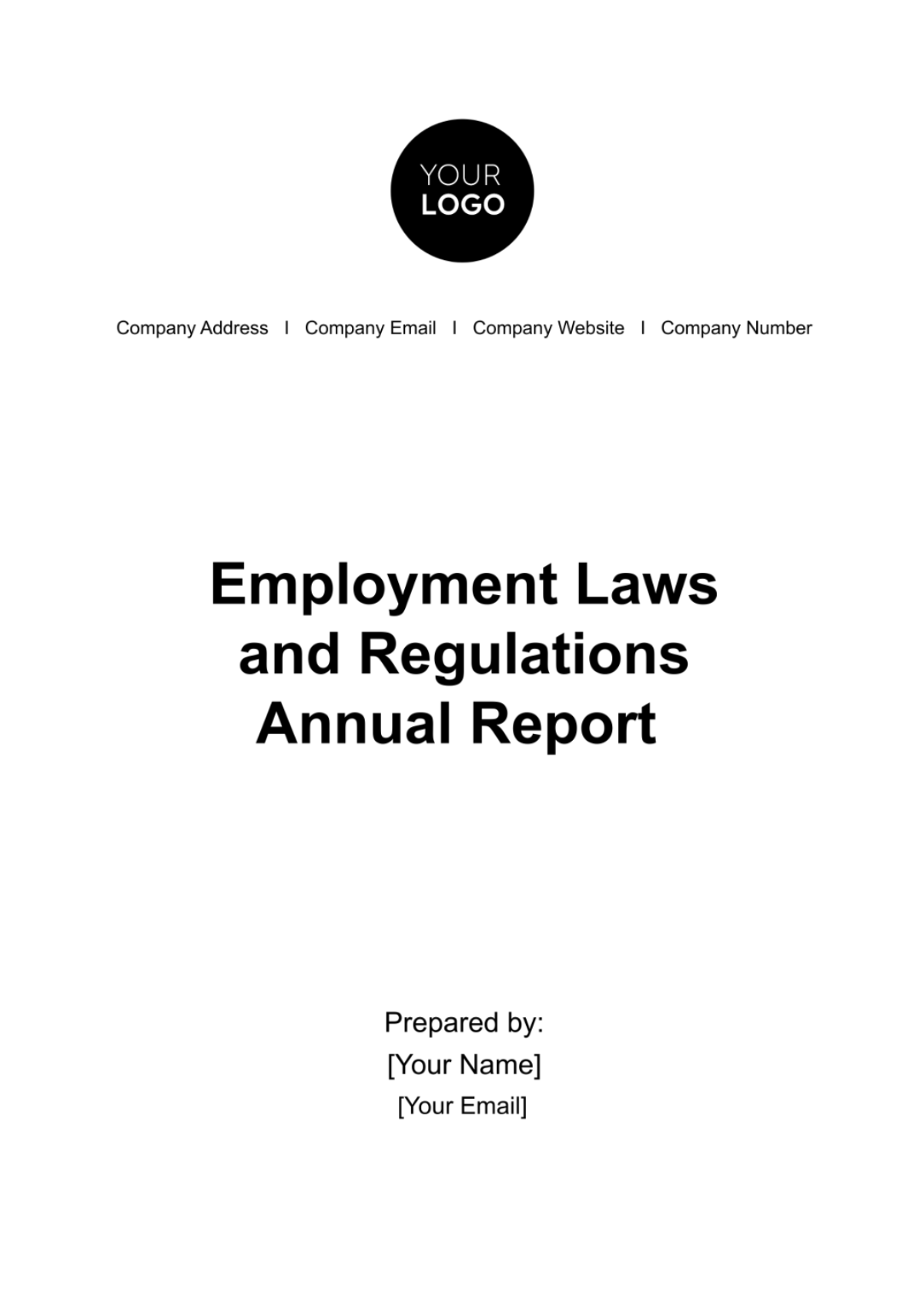
Prepared by: [Your Name]
Company: [Your Company Name]
Date: [Insert Date]
I. Introduction
This report provides a comprehensive overview of the employment laws and regulations applicable over the past year. Human Resources (HR) professionals must remain aware of current legal requirements to ensure compliance and protect the organization from potential legal issues. This report aims to equip HR specialists with the necessary information and updates on employment legislation and regulatory changes.
II. Overview of Employment Law Changes
The employment law landscape is constantly changing. In the past year, several significant legal updates have impacted how organizations manage their workforce. Below is a summary of these changes, which cover federal, state, and local regulations.
A. Federal Law Updates
At the federal level, several laws have been updated, impacting various facets of employment. Key changes include:
Fair Labor Standards Act (FLSA): Adjustments to the salary threshold for overtime exemption.
Family and Medical Leave Act (FMLA): Expanded definitions of family members for eligible employees.
Occupational Safety and Health Administration (OSHA) Regulations: New guidelines for workplace safety standards, especially in response to health emergencies.
B. State Law Updates
Various states have also implemented new laws that affect employment practices. Some notable changes include:
California: Amendments to the California Fair Employment and Housing Act (FEHA) regarding harassment training requirements.
New York: Introduction of mandatory paid sick leave laws.
Texas: Modifications in the non-compete agreement enforceability.
III. Compliance Requirements
To ensure compliance with the updated laws, organizations need to review and adjust their policies and procedures. Below are key compliance measures that HR departments should implement:
A. Policy Updates
Organizations must update handbooks and policy documents to reflect the latest legal requirements. This includes revising sections on:
Employee leave and absence policies.
Working hours and overtime compensation.
Equal employment opportunity statements.
B. Training and Development
Regular training sessions must be held to educate employees and management on compliance issues, focusing on:
Harassment prevention and response.
Sensitivity training on diversity and inclusion.
Health and safety regulations in the workplace.
IV. Impact on HR Practices
The changes in employment laws and regulations have profound implications for HR practices. They require adaptation in several areas:
A. Recruitment and Hiring
HR practitioners need to refine recruitment strategies to ensure they attract a diverse pool of candidates while adhering to non-discriminatory practices. This includes:
Utilizing diverse hiring panels.
Implementing bias-free job descriptions and interview processes.
B. Employee Relations
Building transparent communication channels helps in managing employee relations in light of new legislative changes. Effective strategies include:
Regularly scheduled town hall meetings.
Active employee feedback mechanisms.
V. Conclusion
This annual report highlights the necessity for HR departments to stay updated with employment laws and regulations. By understanding and implementing these changes, organizations can ensure compliance and foster a positive workplace environment. Continuous education, policy evaluation, and strategic adaptation are key to navigating the evolving legal landscape.
VI. Appendix
Regulation | Description | Impact |
|---|---|---|
FLSA | Overtime criteria updates | Expanded overtime eligibility |
FMLA | Family definition expansion | Broader application for leave |
OSHA | Enhancements in safety regulations | Improved workplace safety |
- 100% Customizable, free editor
- Access 1 Million+ Templates, photo’s & graphics
- Download or share as a template
- Click and replace photos, graphics, text, backgrounds
- Resize, crop, AI write & more
- Access advanced editor
Our Employment Laws and Regulations Annual Report HR Template is a comprehensive tool designed for HR professionals. This customizable document streamlines your yearly compliance review, covering key areas like FLSA, FMLA, OSHA, and EEO. It includes sections for executive summaries, methodologies, and recommendations, making it easier to maintain a compliant and informed workplace.
You may also like
- Sales Report
- Daily Report
- Project Report
- Business Report
- Weekly Report
- Incident Report
- Annual Report
- Report Layout
- Report Design
- Progress Report
- Marketing Report
- Company Report
- Monthly Report
- Audit Report
- Status Report
- School Report
- Reports Hr
- Management Report
- Project Status Report
- Handover Report
- Health And Safety Report
- Restaurant Report
- Construction Report
- Research Report
- Evaluation Report
- Investigation Report
- Employee Report
- Advertising Report
- Weekly Status Report
- Project Management Report
- Finance Report
- Service Report
- Technical Report
- Meeting Report
- Quarterly Report
- Inspection Report
- Medical Report
- Test Report
- Summary Report
- Inventory Report
- Valuation Report
- Operations Report
- Payroll Report
- Training Report
- Job Report
- Case Report
- Performance Report
- Board Report
- Internal Audit Report
- Student Report
- Monthly Management Report
- Small Business Report
- Accident Report
- Call Center Report
- Activity Report
- IT and Software Report
- Internship Report
- Visit Report
- Product Report
- Book Report
- Property Report
- Recruitment Report
- University Report
- Event Report
- SEO Report
- Conference Report
- Narrative Report
- Nursing Home Report
- Preschool Report
- Call Report
- Customer Report
- Employee Incident Report
- Accomplishment Report
- Social Media Report
- Work From Home Report
- Security Report
- Damage Report
- Quality Report
- Internal Report
- Nurse Report
- Real Estate Report
- Hotel Report
- Equipment Report
- Credit Report
- Field Report
- Non Profit Report
- Maintenance Report
- News Report
- Survey Report
- Executive Report
- Law Firm Report
- Advertising Agency Report
- Interior Design Report
- Travel Agency Report
- Stock Report
- Salon Report
- Bug Report
- Workplace Report
- Action Report
- Investor Report
- Cleaning Services Report
- Consulting Report
- Freelancer Report
- Site Visit Report
- Trip Report
- Classroom Observation Report
- Vehicle Report
- Final Report
- Software Report
